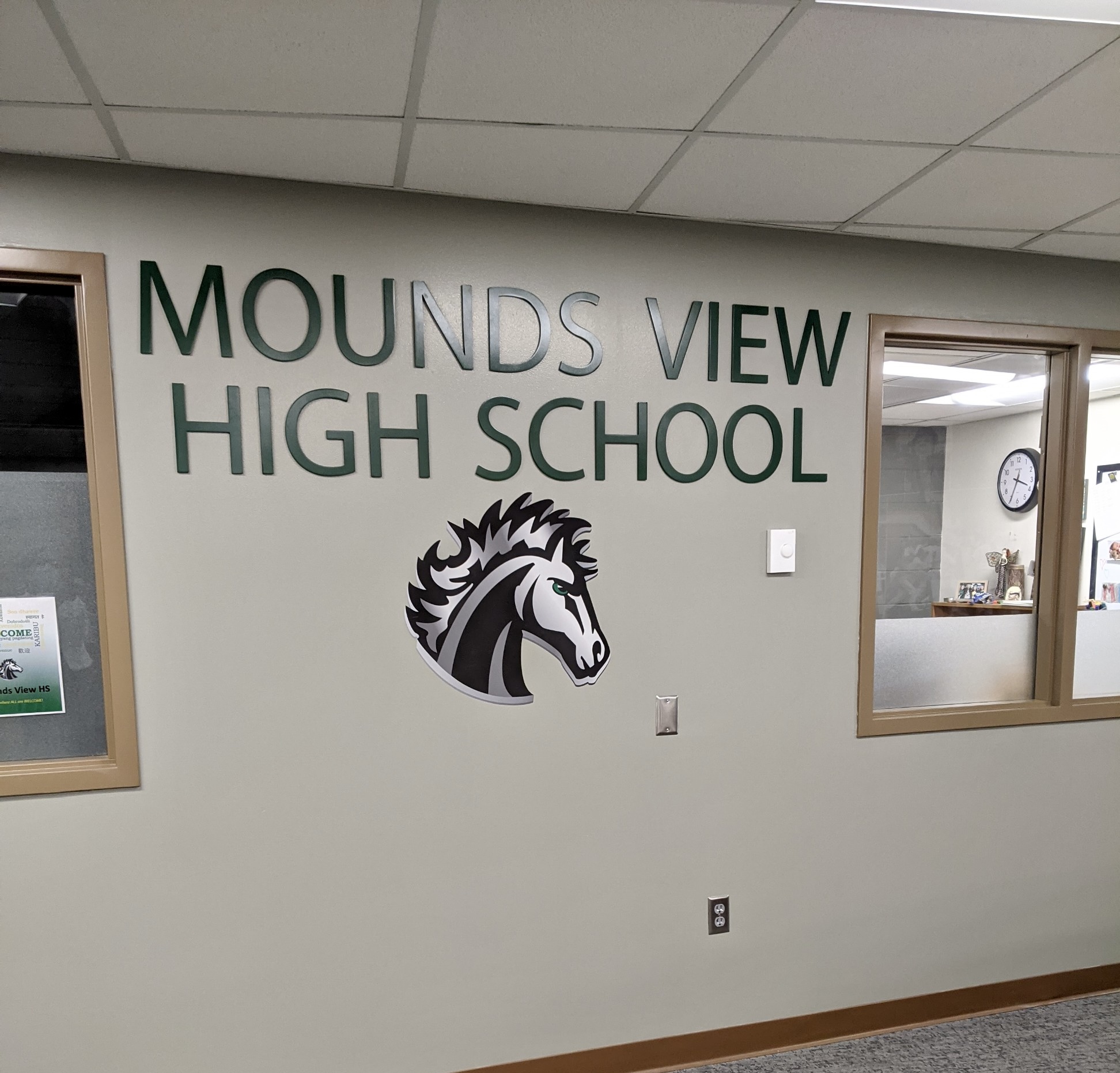News Letter

Ever since the evolution of printing technologies, schools and other education institutions are exploring different ways to implement them for a more advanced and engaging learning experience. Improvising modern-day teaching and learning techniques by incorporating printing can not only make things more interesting and fun for the kids but also help them get a better understanding of the subject matter.
Why not make geography and history classes more engaging and colorful? Using advanced printing machines like Aqueous printers, latex ink printers, solvent printers, etc., you can produce some exceptional visuals for the walls. For instance, a colorful population map or some fascinating historical artifacts is enough to make students learn faster and remember important facts better.
Chemistry will no longer be boring with these attractive and vibrant 3D models of various chemical molecules. It makes learning chemical components and reactions so much easier, especially if it’s organic chemistry. The diagrams in those chemistry books are often boring and even inexplicable and perplexing. But with these 3D molecules, you can get a macroscopic view of each atom, which is much easier to remember and understand.
Engineering students can have 3D prototypes of various products or engines, while architecture students can have life-like models of building plans and home architectural designs and styles. It makes learning so much easier and enjoyable.
Biological diagrams can be so complex at times, especially if it’s about various organs, cell structures, bacteria, and so on. And these diagrams are not just restricted to human beings or other living organisms; biology students need to study plant cell structures and other plant metabolism processes. Let your students print out bright and vivid printouts of different plant and animal cells, bacteria, viruses, organs, muscles, and other biological artifacts.
How can we forget mathematics, which is a favorite for some students and a nightmare for others! Printing and sticking out graphics on different formulae, problems, geometrical shapes, theorems, and so on can make the students start solving the most difficult problems with zeal and enthusiasm. The same goes for physics as well, in which students can get prints or 3D models of their favorite laws and dynamics.
The application and installation of the peel and stick graphics are exactly as it sounds – yes, you simply need to peel off the protective liner and place it on your desired wall. However, make sure to clean the surface you are going to apply these media on with a damp cloth and some warm water.
Further, try sticking the graphic to a wall that has been primed before it was painted. Otherwise, the poster’s adhesive may not seat properly and may come off. If you find any bubbles after application, try pushing them out or simply peel the poster back and reapply it.
We have two versions of these media:
a) 3209 – this is for Aqueous printers
b) 3208 – this one is for Solvent / Latex / UV Cure printers.
Although the same adhesive is used on both, different inkjet receptive coatings are used for these two different print technologies.





More information on products from this post:





